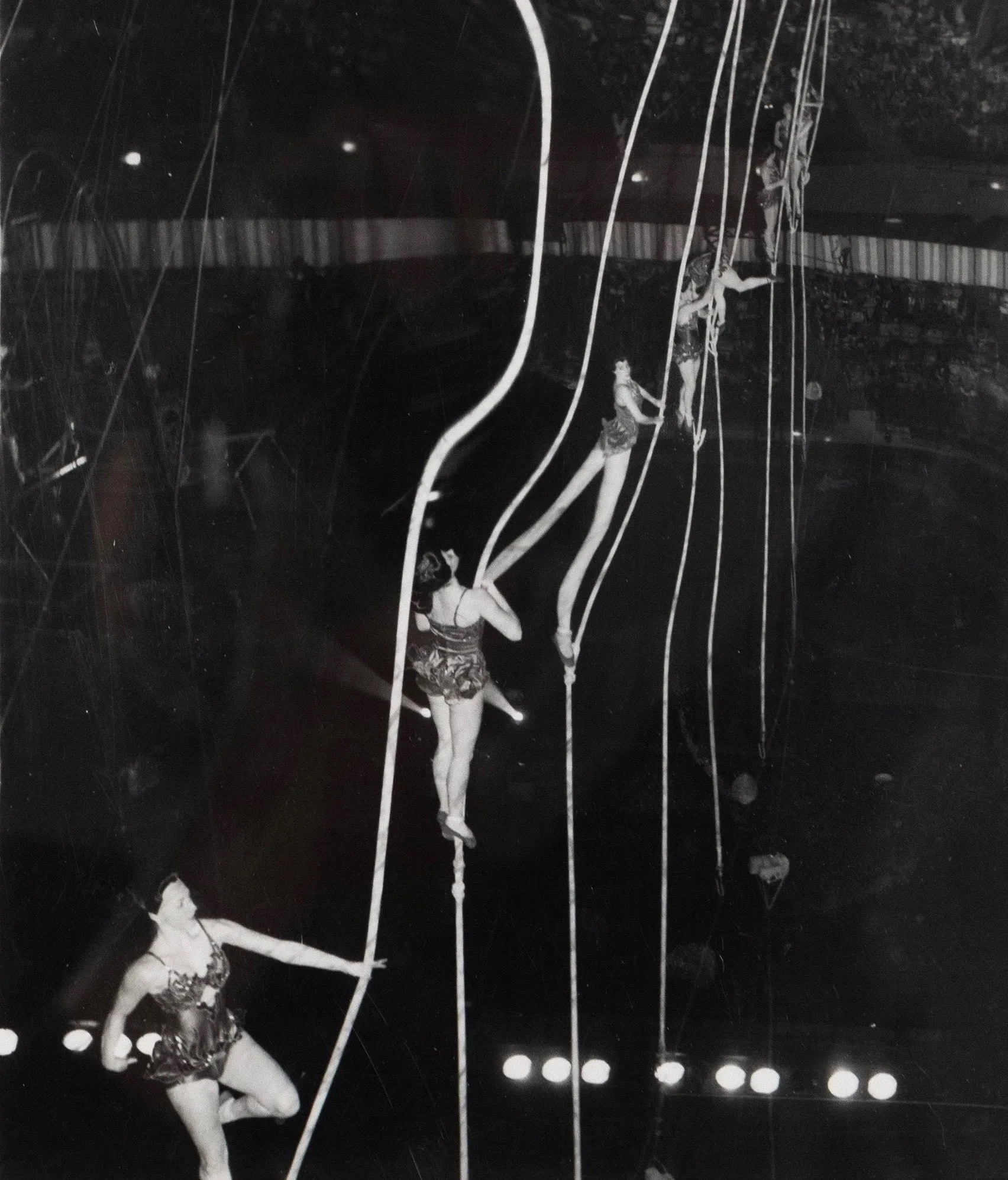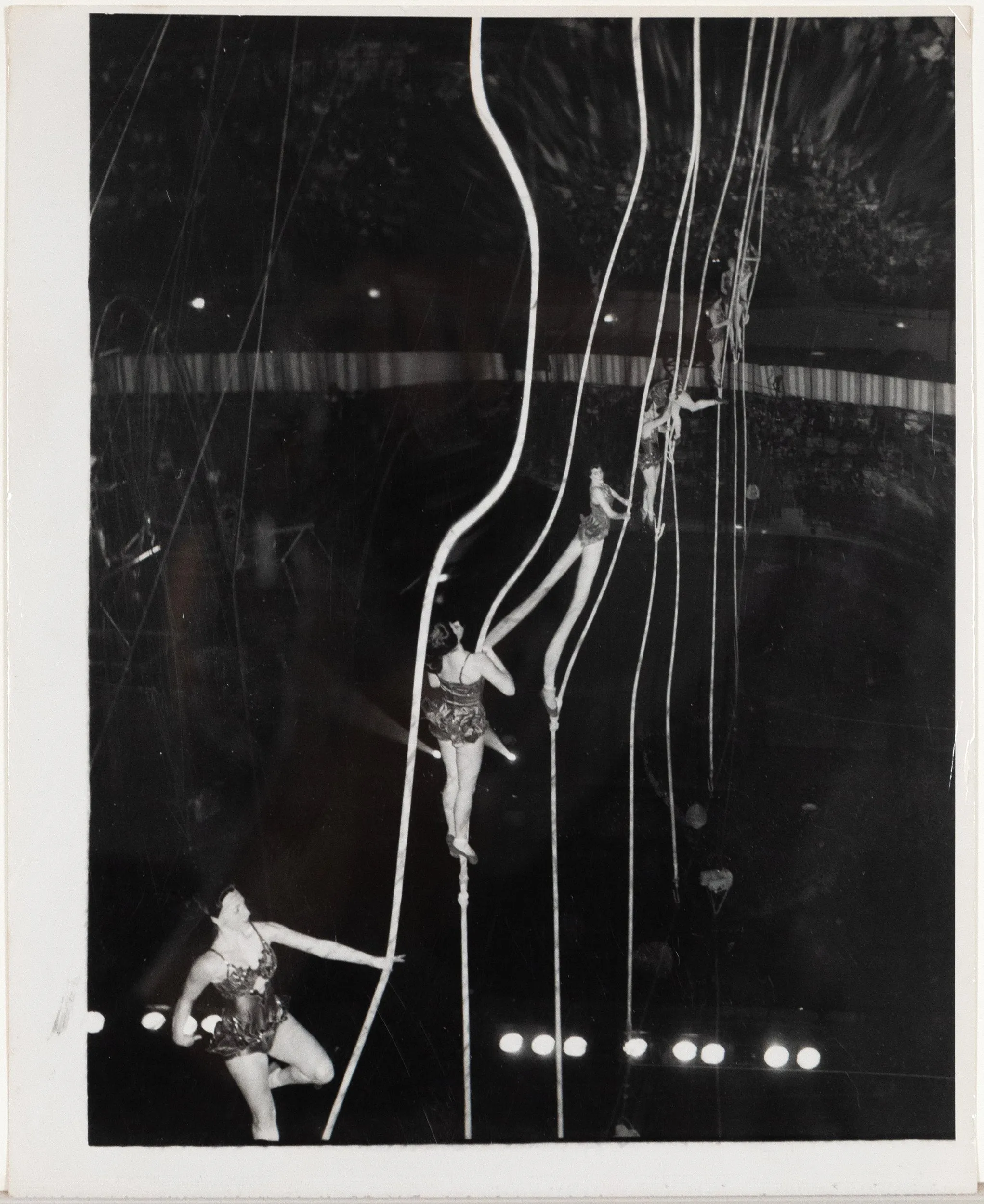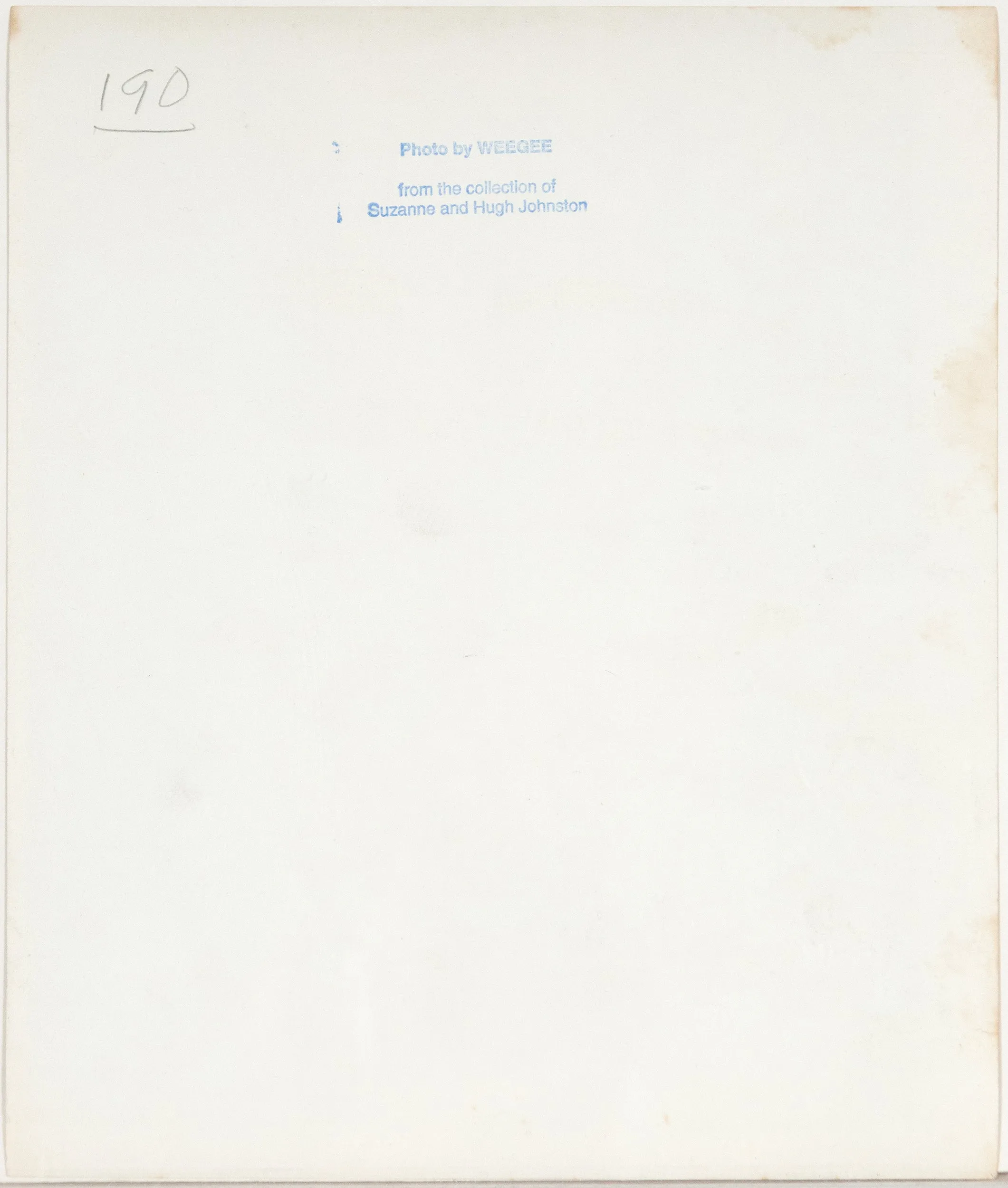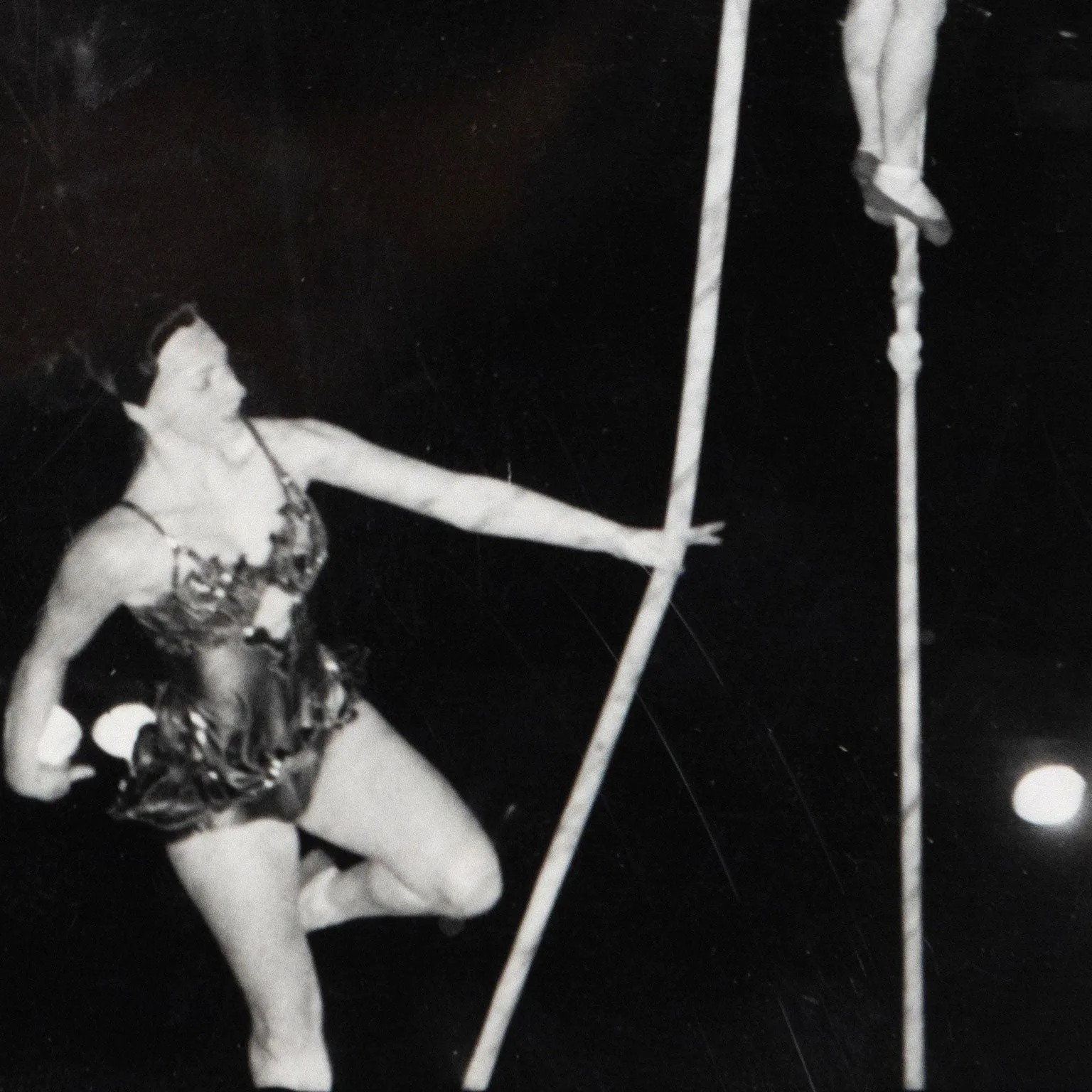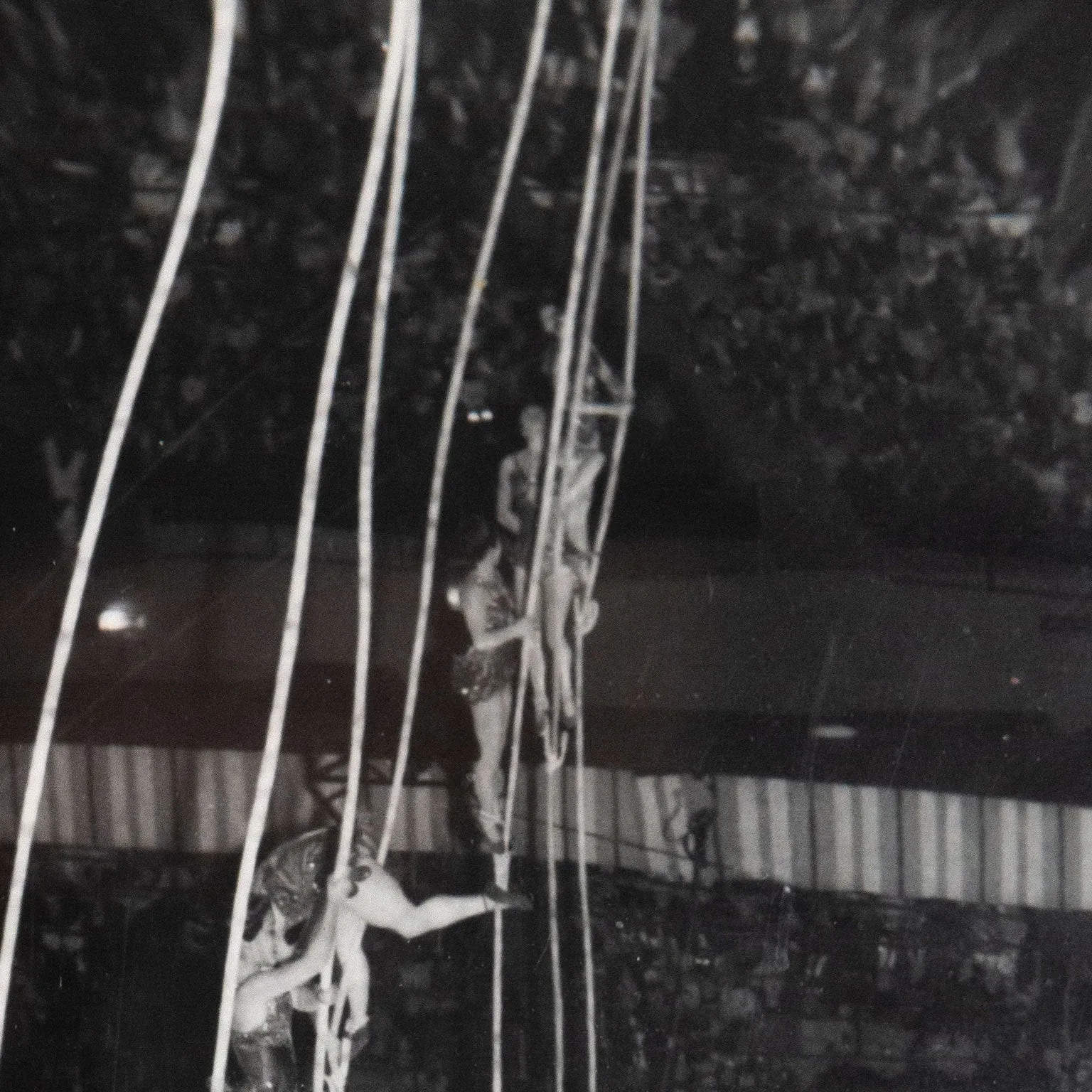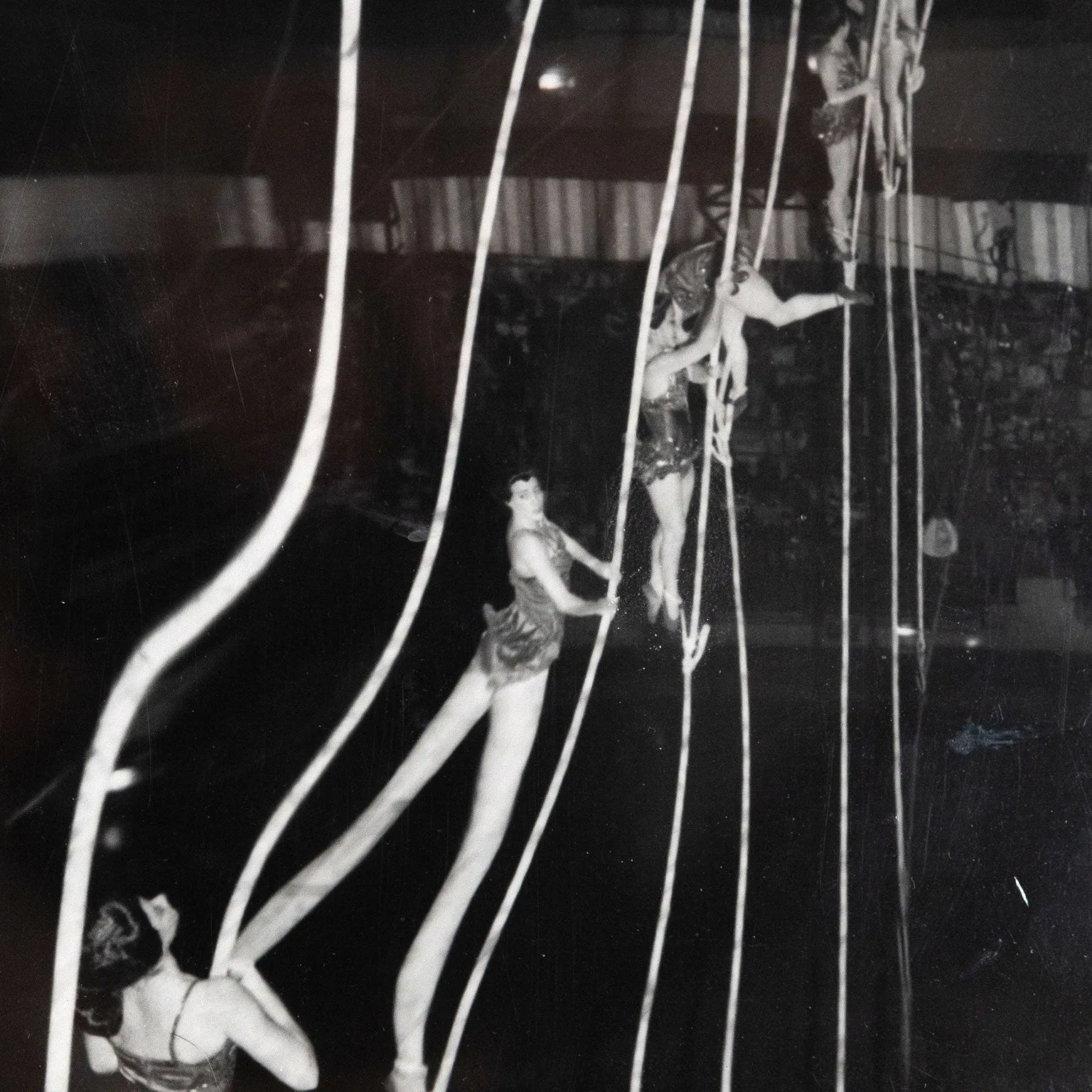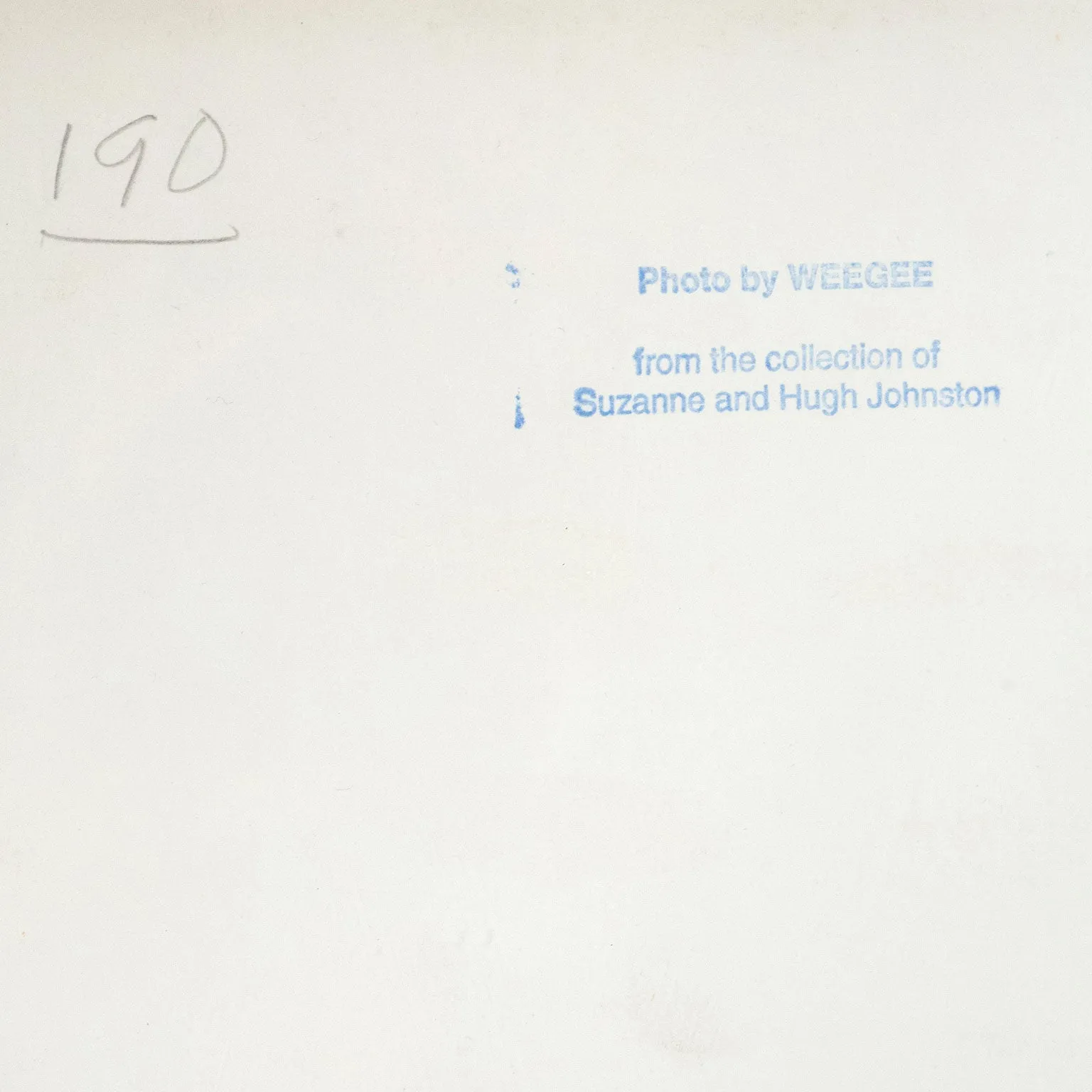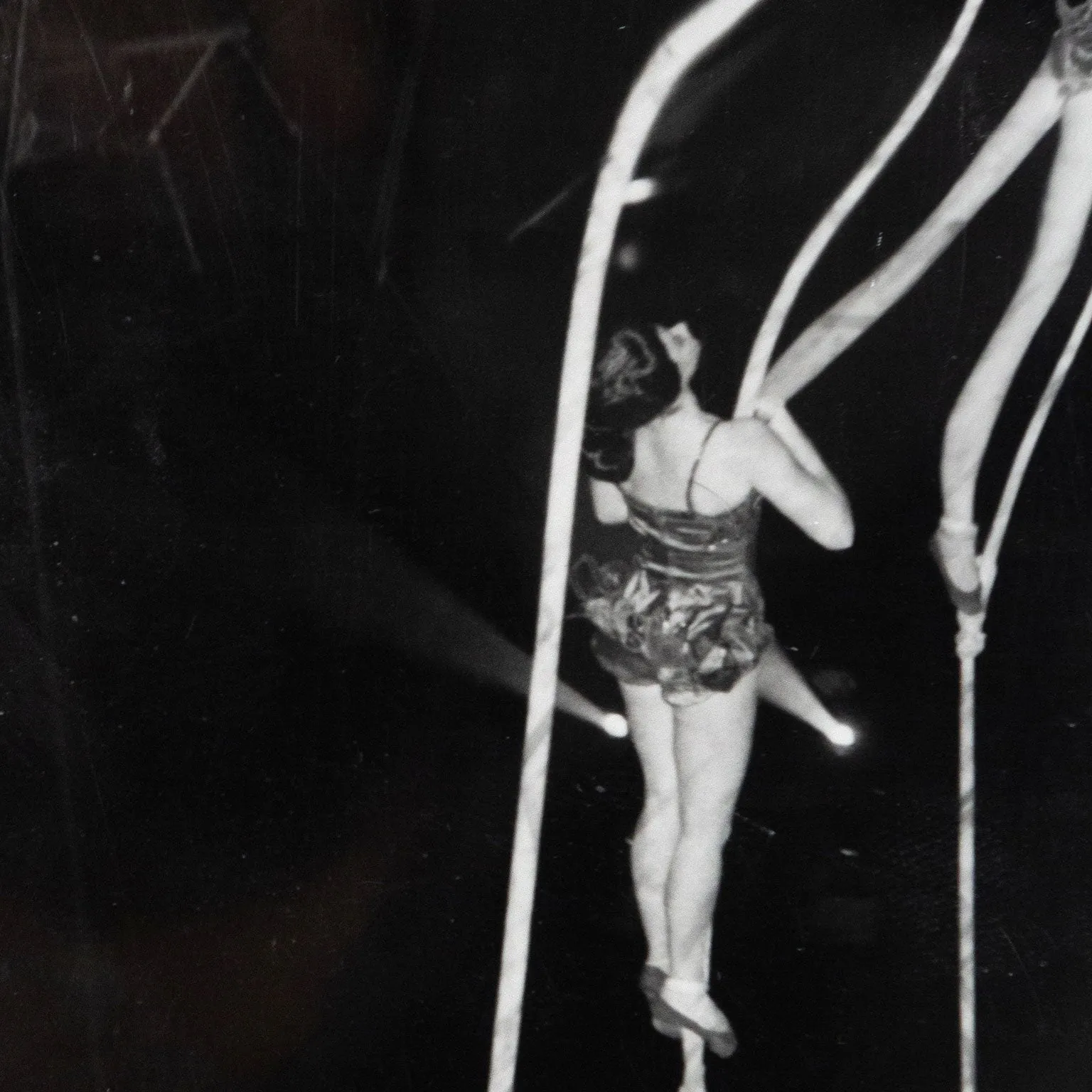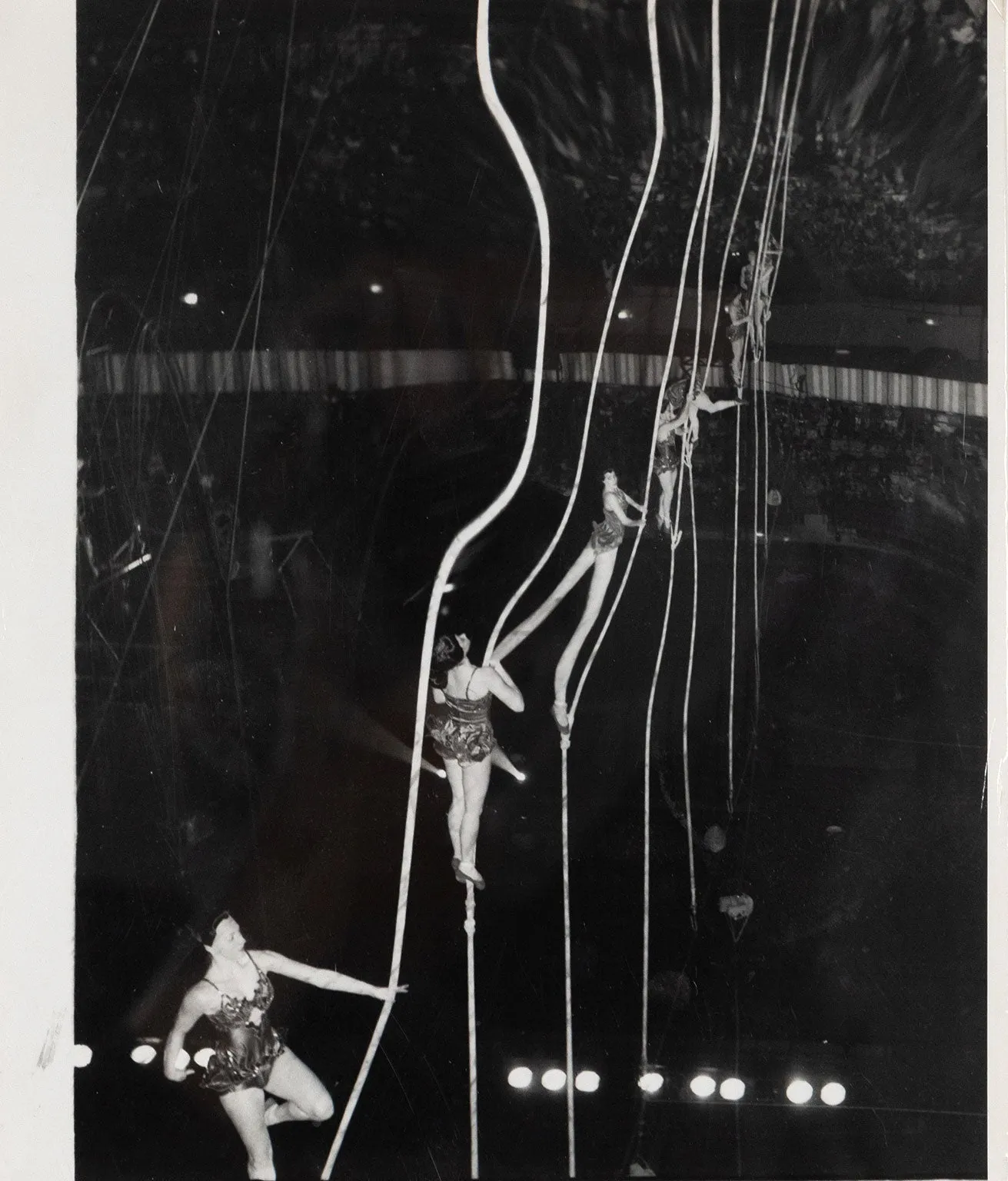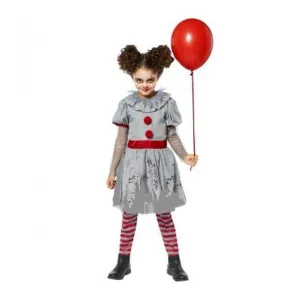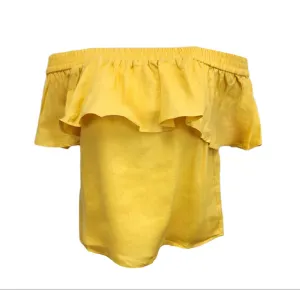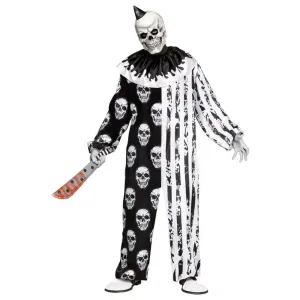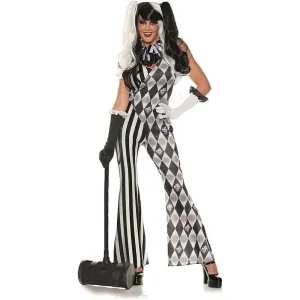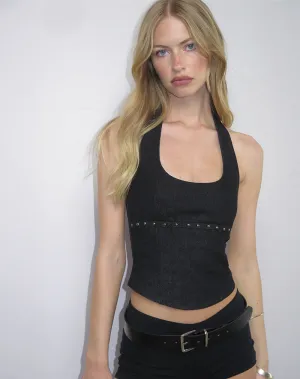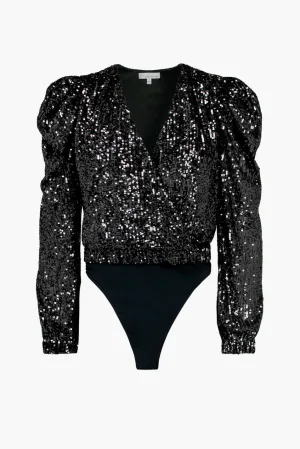Arthur Felling, better known as Weegee (1899-1968) is America's premiere photojournalist and one of the 20th century's most influential photographers.
He would become famous, beyond New York and news circles, after the publication of his photo books Naked City (1945) and Weegee's People (1946).
Weegee's images of New York City crime, disaster and tragedy are iconic and highly influential. Less well-known however, is the work he focused on during the last twenty years of his life: known as the 'distortions' period. In the late 1940s, Weegee began experimenting with photographic manipulation both in the darkroom and using an array of filters on his camera.
Weegee created distortions on a wide range of subjects; celebrities, architecture, circus life, and nudes.
This captivating work blends reality and abstraction into a fascinating image full of momentum and performance. Multiple performers are depicted suspended above, holding onto safety ropes which merge into their legs. The bright contrast of the white ropes, legs and costumes against the black background of the captivated audience in the circus tent creates a sense of drama and intrigue, with a touch of Surrealism. In classic Weegee style, the drama of performance and spectacle is emphasized.
The Circus was a big draw for Weegee as it possessed many of his favorite motifs or themes; escapism, costume, entertainment...and the experience of witnesses something thrilling while amongst a crowd.
Weegee’s photography can be found in scores of museums and private collections worldwide: the J. Paul Getty Museum, Los Angeles; Museum of Modern Art, New York; San Francisco Museum of Modern Art; Museum of Modern Art, Oxford; Museum of Contemporary Art, Los Angeles; International Center of Photography, New York and more.
Questions about this piece? or call 1.416.704.1720
USA, circa 1950
Gelatin silver print
9.5"H 7.5"W (image)
Stamped verso: Photography by Weegee, from the collection of Suzanne and Hugh Johnston
Good condition
Detailed condition report by request




